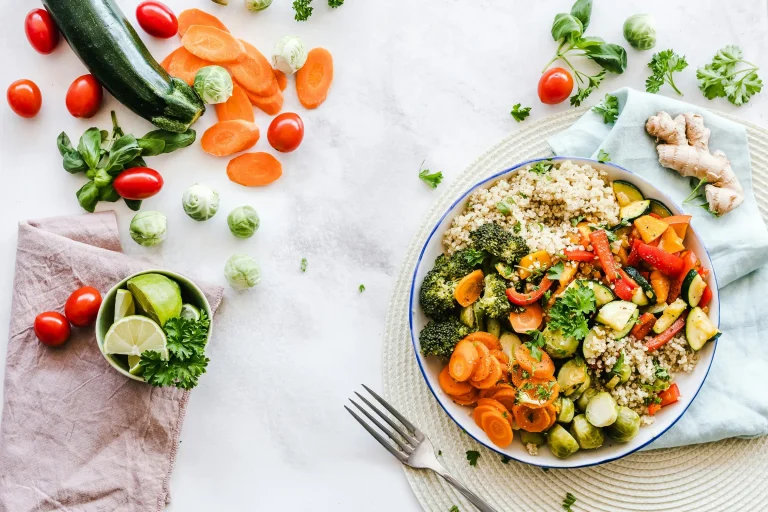Processed food gets a bad rap as the cause of many health problems: obesity, type 2 diabetes, high blood pressure. But what exactly is processed food, and how unhealthy is it, really?
The term processed food can mean a variety of things. Any food changed from its natural state is considered processed, even if that’s as simple as bagged spinach. Generally, foods can be divided into the following groups:
Unprocessed or minimally processed foods. These are the edible parts of plants and animals. Minimally processed means slightly altering but not significantly changing the nutritional content of the food. For instance, this could include cleaning and removing inedible parts, drying, crushing, roasting, boiling, or freezing to extend freshness.
Examples: apples, kale, brown rice, eggs, seafood
Processed culinary ingredients. These ingredients are not eaten on their own—they’re used to prepare other foods. They are processed via techniques such as pressing, refining, or grinding.
Examples: salted butter, vinegar, sugar, honey, maple syrup, vegetable oils
Processed foods. These include foods from the previous 2 groups that have added sugar, salt, or fats. They’re usually made from at least 2 to 3 ingredients and don’t need a lot of preparation.
Examples: canned vegetables, fruits, and legumes; salted nuts and seeds; canned fish; freshly baked breads
Ultra-processed foods. These industrially produced foods usually have 5 or more ingredients. Not only do they contain added sugar, salt, or fats, but also additives such as artificial colors, stabilizers, natural and artificial flavors, and anti-caking agents. Ultra-processed foods are “ready-to-eat” or require only minimal preparation.
Examples: pre-packaged snacks like potato chips and crackers, ice cream, carbonated drinks, energy bars, sausages, frozen meals, cakes and cookies, margarines, mass-produced packaged breads and buns, instant soup
What are the health risks?
The salt, sugar, and saturated fat added to many processed foods can increase your risk for chronic diseases. For example, research shows there’s a link between sugar-sweetened beverages and obesity, diabetes, and heart disease.
In addition, high levels of processing can remove certain nutrients, leaving an unhealthy ratio of calories to nutrients. More calories can lead to weight gain, which is also associated with type 2 diabetes and heart disease—as well as high cholesterol, stroke, osteoarthritis, sleep apnea, mental illness, and certain types of cancer.
Which foods are OK to eat?
Fortunately, it’s not hard to determine how processed a food is. Look at the nutrition label for added sugars, sodium, and saturated fats, as well as the overall number of ingredients.
It’s best to eat whole foods that are minimally processed, but you can make exceptions for foods preserved for convenience and freshness. For example, frozen fruit and vegetables, canned fish and canned beans, unsweetened yogurt, and nut butters are all healthy choices. While everyone enjoys the occasional ice cream cone or bag of chips, eating fewer ultra-processed foods can make a big difference to your health.
Online Medical Reviewer: Ray Turley, MSN, BSN








